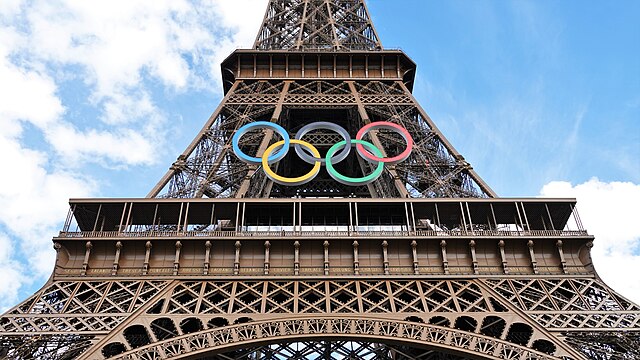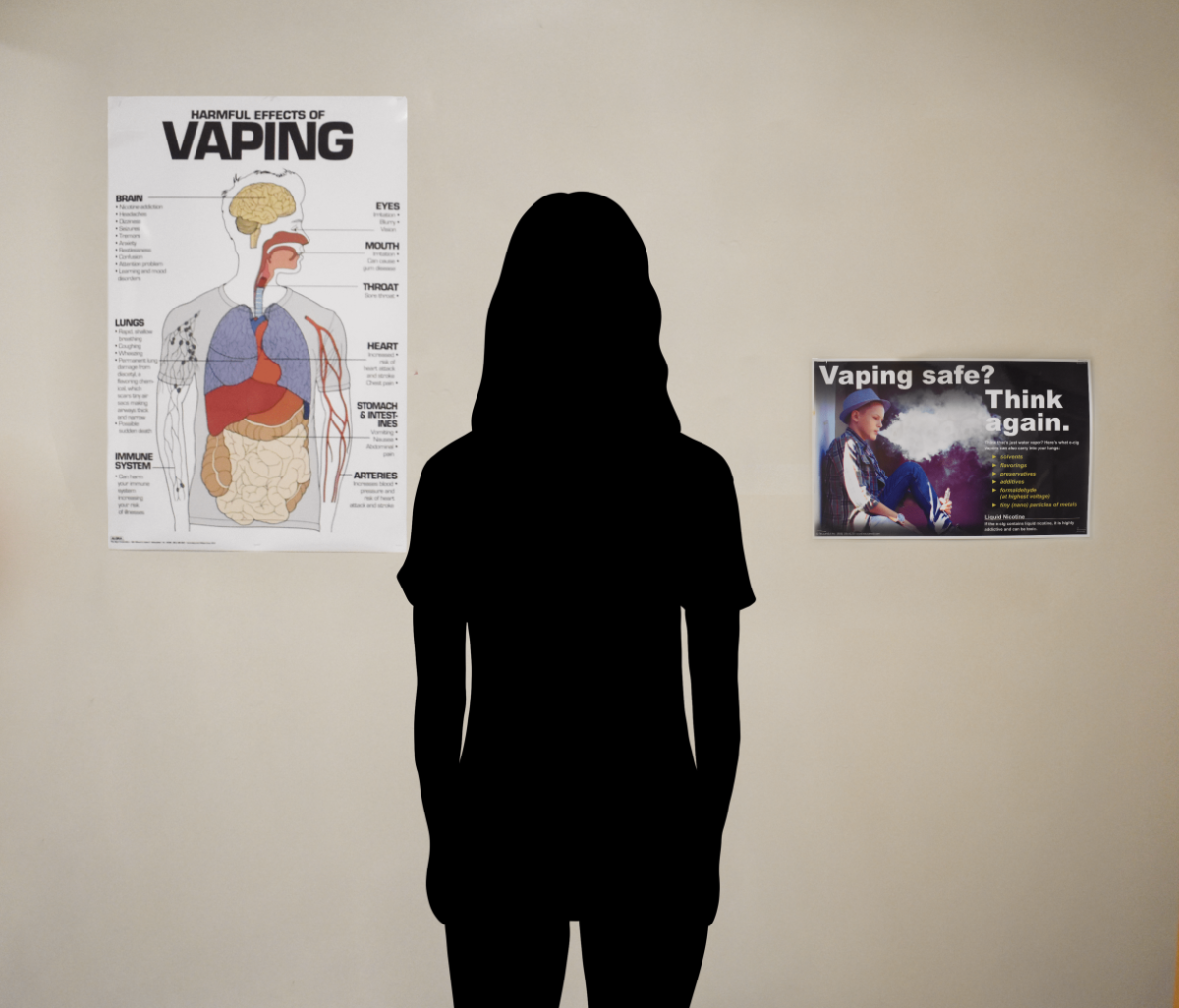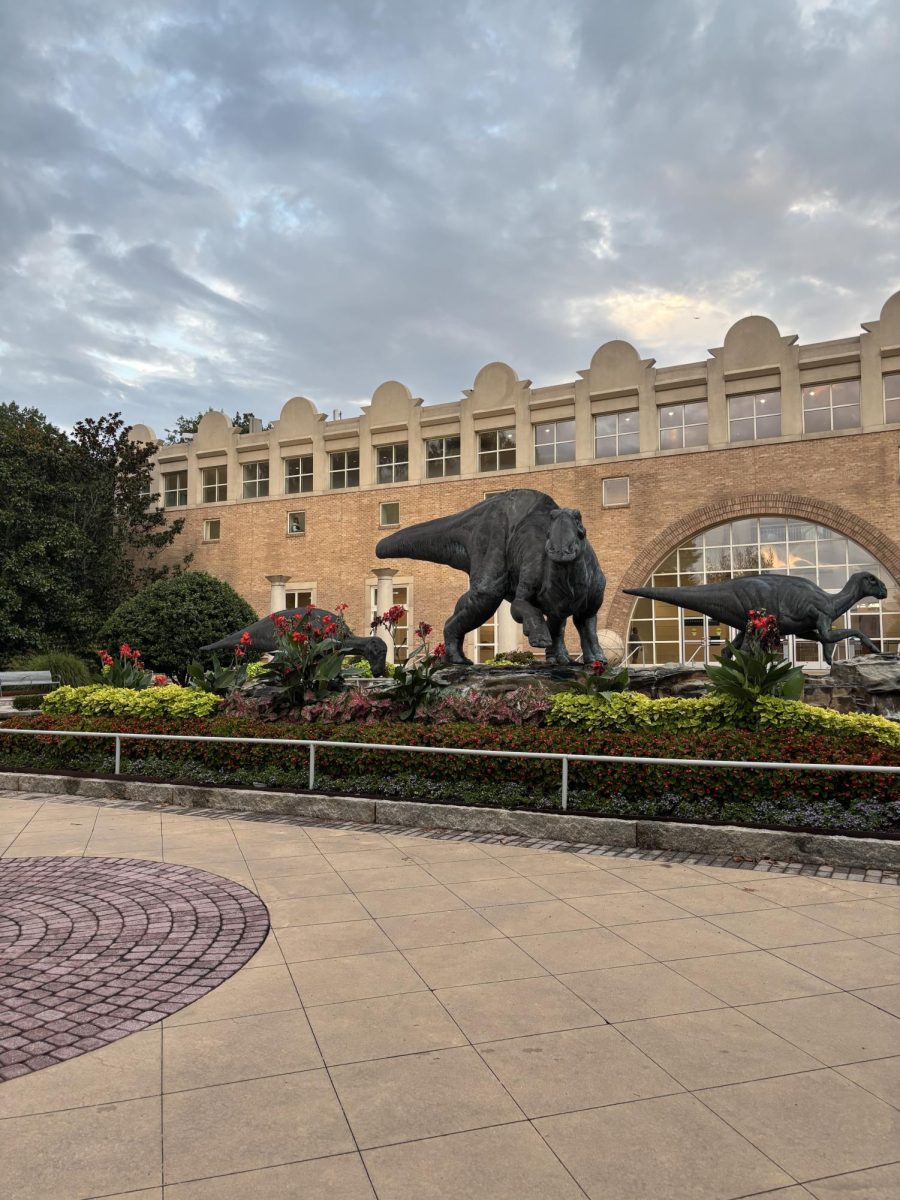The Olympic Village is generally thought of as an athlete sanctuary during the Olympic Games, looking to tailor to athletes’ needs and help them perform to the best of their abilities, but this year in Paris, the village has left many star competitors unsatisfied. These elite athletes have gone as far as shipping in their own mattresses, hiring their own private chefs and even sleeping outside due to the unsatisfactory conditions in the village.
Built on a former mixture of industrial units and dilapidated buildings, the 2024 Olympic Village cost around $1.85 billion U.S. dollars to construct. The site occupies 53 hectares of land and is spread out across three towns in northern Paris: Saint-Denis, Saint-Ouen and L’Île-Saint-Denis. Sustainability was the village’s main focus, promoting their usage of cardboard bed frames, mattresses made of recycled materials, avoiding food transportation by plane and a geothermal heat pump system running through the floors of the village. Despite attempting to meet eco-friendly goals, the athletes’ expectations were not met.
Organizers’ attempt to cut carbon emissions and set a cleaner precedent for sporting events has enacted questionable decisions, such as including two times more vegetarian options in the dining hall to contribute to “two times less CO2.” While this might seem like a harmless choice, athletes like Australian swimmer Ariarne Titmus point out that their protein intake goals are hard to reach because of the number of vegetarian options. The dining hall even enacted maximums during the first few days of the Games, such as limiting athletes to two lamb chops per person. Team Britain complained that there was undercooked chicken being served, forcing them to fly in their own private chef. There were also reports of food shortages, with a leading complaint of low egg rations among athletes.
Nutrition for Olympic athletes is extremely important as, without proper sustenance, athletes risk injury, illness, and a potential lack of energy, which would make it difficult to compete. The National Institutes of Health states that the main disadvantage of a plant-based diet for athletes who train at such high intensities is the possibility of suffering nutritional deficiencies in vitamin B12, zinc, iron, calcium and others. For most athletes, food intake is crucial for their performance. American swimmer Micheal Phelps, for example, was reported to be eating 10,000 calories a day while training for the Beijing 2008 Olympics.
A vegetarian diet does not satisfy protein and carbohydrate requirements for Olympic-level athletes and raises the potential to tank performance. The International Olympic Committee should be prioritizing the athletes’ nutritional needs and providing abundant sources of protein and carbohydrates from animal sources rather than prioritizing sustainability through vegetarian cuisine, considering that athletes are the main focus of the Games.
In addition to proper nutrition, sufficient sleep is also a predominant factor in how well athletes will perform. To satisfy sustainability goals, the bed frames in the village were made of cardboard, intended to be recycled after use. Spanish gymnast Ana Perez reported that the beds were “terrible” and “very, very hard,” and American gymnast Simone Biles even attempted to order a mattress topper for her bed. Moreover, there is no air conditioning in the complex, but rather a water-cooling system that was installed beneath the village, which wasn’t very effective, according to athletes like American tennis player Coco Gauff, who even opted to leave the village to stay in a hotel.
To induce sleep, your core body temperature needs to drop slightly as heat escapes from the hands and feet which increases the production of melatonin. A hot room lacking adequate air conditioning should not be permitted in the Olympic Village, because if athletes don’t get enough quality sleep, their reaction times and accuracy could actually decrease, tanking their performance.
Apart from the unsatisfactory village living conditions, the athletes receive no VIP treatment when it comes to transportation to and from the games, their options being taking the bus or the Paris metro to travel across the city. The village, being around 5 miles from the center of the city, should include a plan for athlete transportation instead of having to take public transit. This is challenging because athletes need adequate rest, especially right before and right after competing, and public transportation not only takes longer but is also usually uncomfortable as compared to potentially having a shuttle specifically for the athletes.
The IOC should have prioritized the Olympians’ needs while designing the village regarding nutrition, housing, transportation and the general well-being of athletes over trying to meet their sustainability goals. The athletes are the primary reason why 31.6 million people have watched the Olympics in Paris, and it is inconsiderate if they aren’t provided adequate village conditions. While sustainability is advantageous, the athletes should be prioritized over any other aspect of the Olympics.














